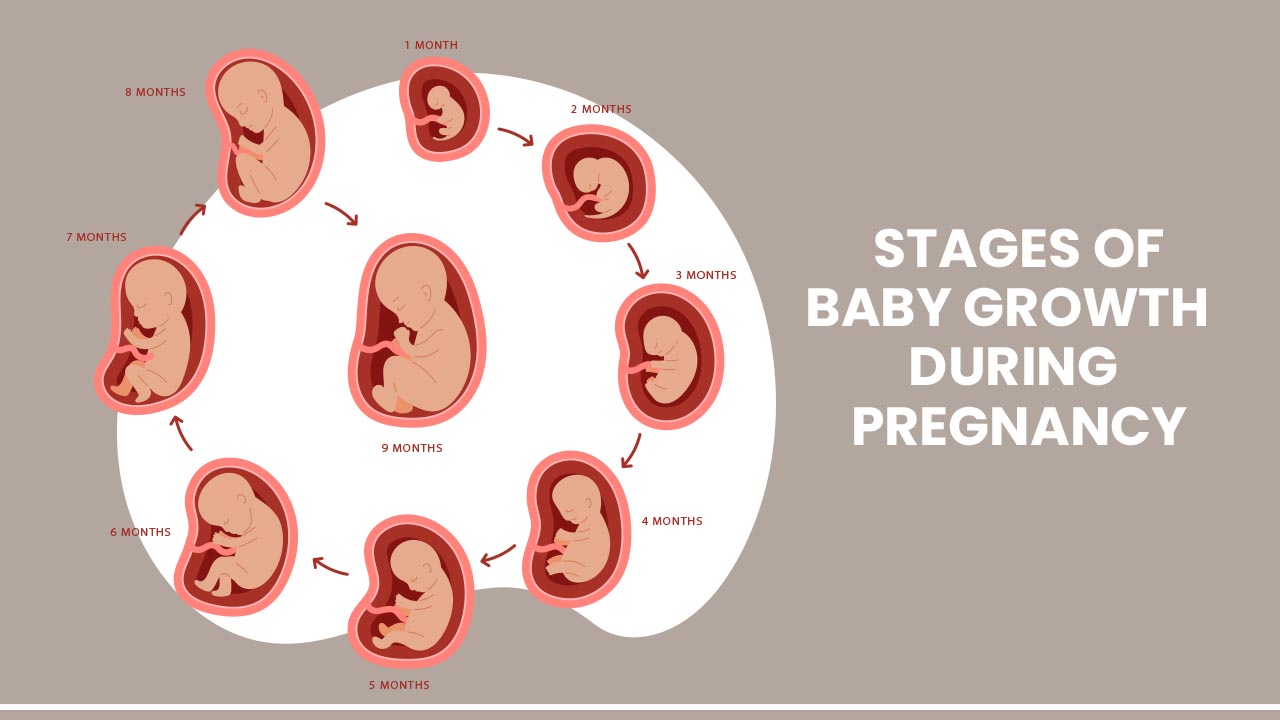
Stages of Babies’ growth During Pregnancy
How long does it take for a child to be conceived and for a babies’ growth? An ordinary pregnancy endures 40 weeks from the primary day of your last feminine period (LMP) to the introduction of the child. It is divided into three trimesters: the first trimester, the second trimester, and the third trimester. Th e embryo goes through many changes during development.
How Can One Tell If They’re Pregnant?
A missed period is usually considered the main sign that you might be pregnant, yet how would you be aware without a doubt? Numerous ladies utilize home pregnancy tests to know if they are pregnant; be that as it may, these tests are bound to be precise when utilized no less than a multi-week after a lady’s last period. If you step through the examination under 7 days before your last menstrual period, it might give you a bogus outcome. Assuming the test is positive, almost certainly, you are pregnant. Nonetheless, assuming the test is negative, there is an expanded opportunity that the test is off-base. Your PCP can do a blood test to distinguish pregnancy sooner than a home pregnancy test can.
Pregnancy Weight Gain Distribution
Women put on weight all-around their bodies while they are pregnant. Fetal weight represents around 7 1/2 pounds toward pregnancy’s end. The placenta, which feeds the child, weighs around 1 1/2 pounds. The uterus weighs 2 pounds. A lady acquires around 4 pounds because of expanded blood volume and 4 extra pounds because of expanded liquid in the body. A lady’s bosoms gain 2 pounds during pregnancy. The amniotic liquid that encompasses the child weighs 2 pounds. A lady acquires around 7 pounds because of overabundance stockpiling of protein, fat, and different supplements. The consolidated load from this multitude of sources is around 30 pounds.
Pregnancy Complications
Pregnant ladies might encounter specific entanglements and side effects during the babies growth. Weakness, urinary plot contamination, and temperament changes might happen. An eager mother might experience hypertension (toxemia), which builds the child’s gamble of preterm conveyance and other likely risks.
Extreme morning affliction or hyperemesis gravidarum causes steady sickness and retching, especially during the initial 12 pregnancy weeks. This might prompt first-trimester side effects of weight reduction and lack of hydration, requiring IV liquids and antinausea medicine. Pregnant ladies ought to know about the chance of creating gestational diabetes.
It causes side effects like extreme thirst and appetite, incessant pee, and weariness. Heftiness and unnecessary weight gain is conceivable, particularly as the pregnancy advances. Ladies should put on weight during pregnancy, yet extreme weight gain might be related to side effects that put mother and child in danger. Ask your primary care physician how much weight you should acquire during your pregnancy.
The Three Stages of Pregnancy (first, second, and third Trimester)
Origination to about the twelfth seven-day stretch of pregnancy denotes the principal trimester. The subsequent trimester is weeks 13 to 27, and the third trimester begins around 28 weeks and goes on until birth. This slide show will talk about what happens to both the mother and child during every trimester.
Week 1 (origination) – Week 12
First Trimester: Early Changes in a Woman’s Body
The early changes that mean pregnancy become present in the main trimester. A missed period might be the principal sign that preparation and implantation have happened, ovulation has stopped, and you are pregnant. Different changes will likewise happen.
First Trimester: Physical and Emotional Changes a Woman May Experience
Hormonal changes will influence pretty much every organ in the body. A few indications of early pregnancy in numerous ladies incorporate side effects like:
- Outrageous weariness
- Delicate, enlarged bosoms. Areolas might project.
- Queasiness no matter what hurling (morning affliction)
- Desires or repugnance for specific food sources
- State of mind swings
- Clogging
- Incessant pee
- Cerebral pain
- Acid reflux
- Weight gain or misfortune
First Trimester: Changes in a Woman’s Daily Routine
A portion of the progressions you experience in your most memorable trimester might make you reconsider your day to day daily schedule. You might have to hit the sack before or eat more incessant or more modest dinners. A few ladies experience a great deal of distress, and others may not feel any whatsoever. Pregnant ladies unexpectedly experience pregnancy, regardless of whether they’ve been pregnant previously. Pregnant ladies might feel distinctively with each resulting pregnancy.
First Trimester: The Baby at 4 Weeks
For about a month, track your babies’ growth:
- The sensory system (cerebrum and spinal line) has started to shape.
- The heart starts to shape.
- Arm and leg buds start to develop.
- Your child is presently an undeveloped organism and 1/25 of an inch long.
First Trimester: The Baby at 8 Weeks
At about two months, the incipient organism starts to form into an embryo. Fetal improvement is evident:
- All significant organs have started to shape.
- The child’s heart starts to thump.
- The arms and legs develop longer.
- Fingers and toes begin to develop
- Sex organs start to shape.
- The face starts to foster highlights.
- The umbilical rope is apparent.
- Toward the finish of about two months, your child is an embryo, and is almost 1 inch long, weighing not exactly ⅛ of an ounce.
First Trimester: The Baby at 12 Weeks
The finish of the principal trimester is at about week 12, right now in your child’s turn of events:
- The nerves and muscles start to cooperate. Your child can make a clenched hand.
- The outside sex organs show on the off chance that your child is a boy or girl.
- Eyelids near safeguard the creating eyes. They won’t open again until week 28.
- Head development has eased back, and your child is around 3 inches long and weighs just about an ounce.
Second Trimester
Second trimester: Week 13 – Week 28
Second Trimester: Changes a Woman May Experience
When you enter the second trimester you might find it more straightforward than the first. Your queasiness (morning sickness) and weakness might reduce or disappear totally. Notwithstanding, you will likewise see more changes to your body. That “child knock” will begin to show as your midsection extends with the babies’ growth. Before the second’s over trimester you can try and feel your child move!
Second Trimester: Physical and Emotional Changes in a Woman
A few changes you might see in your body in the subsequent trimester include:
- Back, mid-region, crotch, or thigh throbbing painfulness
- Stretch blemishes on your mid-region, bosoms, thighs, or backside
- Obscuring of the skin around your areolas
- A line on the skin running from the midsection button to the pubic hairline (linea nigra)
- Patches of hazier skin, typically over the cheeks, temple, nose, or upper lip. This is now and again called the cover of pregnancy (melasma, or Chloasma facies).
- Numb or shivering hands (carpal passage disorder)
- Tingling on the mid-region, palms, and bottoms of the feet. (Call your primary care physician assuming you have queasiness, loss of hunger, retching, yellowing of the skin, or weariness joined with tingling. These can be indications of a liver issue.)
- Enlarging of the lower legs, fingers, and face. (If you notice any unexpected or outrageous expansion or on the other hand if you put on a great deal of weight rapidly, call your PCP right away. This could be an indication of a major condition called toxaemia.)
Second Trimester: The Baby at 16 Weeks
As your body changes in the subsequent trimester, your child keeps on creating:
- The outer muscle framework keeps on shaping.
- Skin starts to frame and is almost clear.
- Meconium creates in your child’s digestive system. This will be your child’s most memorable defecation.
- Your child starts sucking movements with the mouth (sucking reflex).
- Your child is around 4 to 5 inches long and weighs very nearly 3 ounces.
Second Trimester: The Baby at 20 Weeks
At around 20 weeks in the subsequent trimester, your child keeps on growing:
- Your child is more dynamic. You could feel development or kicking.
- Your child is covered by fine, padded hair called lanugo and a waxy defensive covering called vernix.
- Eyebrows, eyelashes, fingernails, and toenails have shaped. Your child could scratch itself.
- Your child can hear and swallow.
- Presently partially through your pregnancy, your child is around 6 inches long and weighs around 9 ounces.
Second Trimester: The Baby at 24 Weeks
By 24 weeks, significantly more changes happen for your developing child:
- The child’s bone marrow starts to make platelets.
- Taste buds structure on your child’s tongue.
- Impressions and fingerprints have shaped.
- Hair starts to develop on your child’s head.
- The lungs are shaped, however, don’t yet work.
- Your child has a standard test cycle.
- On the off chance that your child is a kid, his gonads start to plummet into the scrotum. In the event that your child is a young lady, her uterus and ovaries are set up, and a lifetime supply of eggs has been framed in the ovaries.
- Your child stores fat and weigh around 1½ pounds, and is 12 inches long.
Third Trimester
Third Trimester: Week 29 – Week 40 (birth)
Third Trimester: Changes a Woman May Experience
The third trimester is the last phase of pregnancy. Distresses that began in the subsequent trimester will probably proceed, alongside a few new ones. As the child develops and comes down on your interior organs, you might find you experience issues breathing and need to pee all the more regularly. This is typical and when you conceive an offspring these issues ought to disappear.
Third Trimester: Emotional and Physical Changes a Woman May Experience
In the third and last trimester, you will see more actual changes, including:
- Expanding of the lower legs, fingers, and face. (On the off chance that you notice any unexpected or outrageous expansion or on the other hand in the event that you put on a great deal of weight actually rapidly, summon your primary care physician right. This could be an indication of a major condition called toxaemia.)
- Haemorrhoids
- Delicate bosoms, which might release a watery pre-milk called colostrum
- Your paunch button might project
- The child is “dropping,” or moving lower in your mid-region
- Compressions can be an indication of genuine or bogus work
- Different side effects you might see in the third trimester incorporate windedness, acid reflux, and trouble resting
Third Trimester: Changes as the Due Date Approaches
Different changes are occurring in your body during the third trimester that you can’t see. As your due date draws near, your cervix becomes more slender and milder in a cycle called destruction that assists the cervix with an opening during labour. Your primary care physician will screen the advancement of your pregnancy with customary tests, particularly as you close to your due date.
Third Trimester: The Baby at 32 Weeks
At 32 weeks in the third trimester, your babies’ growth proceeds:
- Your child’s bones are delicate yet full grown.
- Developments and kicking increment.
- The eyes can open and close.
- Lungs are not full-grown, yet work on “relaxing” developments happen.
- Your child’s body starts to store imperative minerals, like iron and calcium.
- Lanugo (fine hair) starts to tumble off.
- Your child is acquiring about ½ pound seven days, weighs around 4 to 4½ pounds, and is around 15 to 17 inches long.
Third Trimester: The Baby at 36 Weeks
At 36 weeks, as your due date draws near, your babies’ growth:
- The defensive waxy covering (vernix) thickens.
- Muscle versus fat increments.
- Your child is getting greater and has less space to move around. Developments are less strong, however, you will in any case feel them.
- Your child is around 16 to 19 inches long and weighs around 6 to 6½ pounds.
Third Trimester: The child at 37 to 40 Weeks
At long last, from 37 to 40 weeks the last phases of your babies’ growth occur:
- Toward the finish of 37 weeks, your child is viewed as full term.
- Your child’s organs are equipped for working all alone.
- As you close to your due date, your child might transform into a head-down position for birth.
- Normal birth weight is between 6 pounds 2 ounces to 9 pounds 2 ounces and normal length is 19 to 21 inches long. Most full-term children fall inside these reaches, yet solid children come in a wide range of loads and sizes.

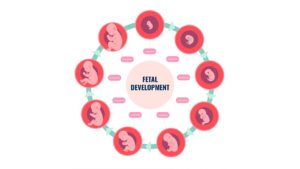
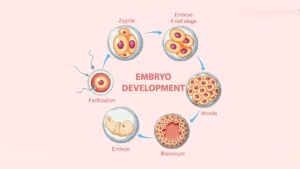
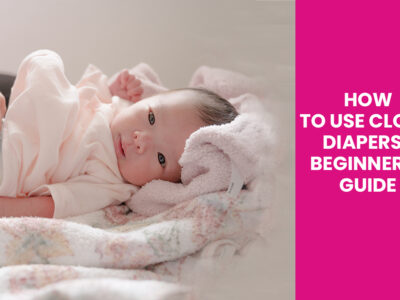


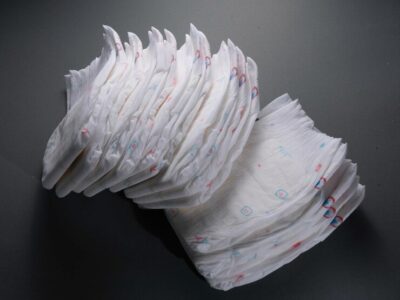

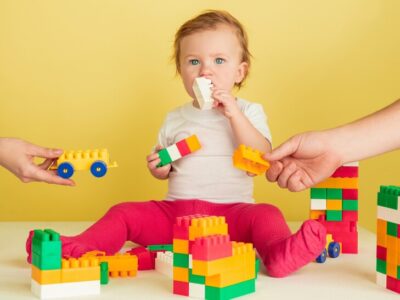











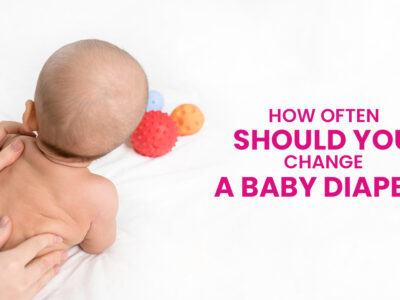


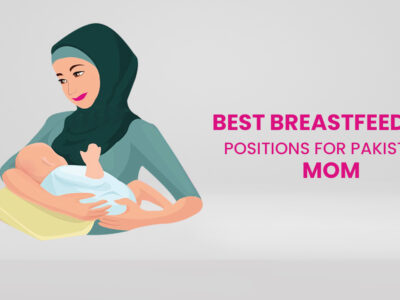


 Common Diaper Rash Problems And How To Manage Them
Common Diaper Rash Problems And How To Manage Them